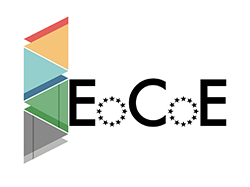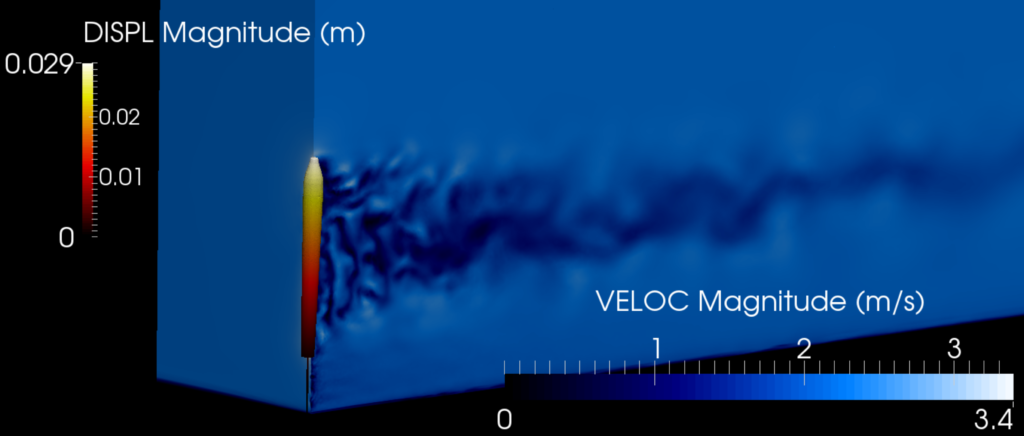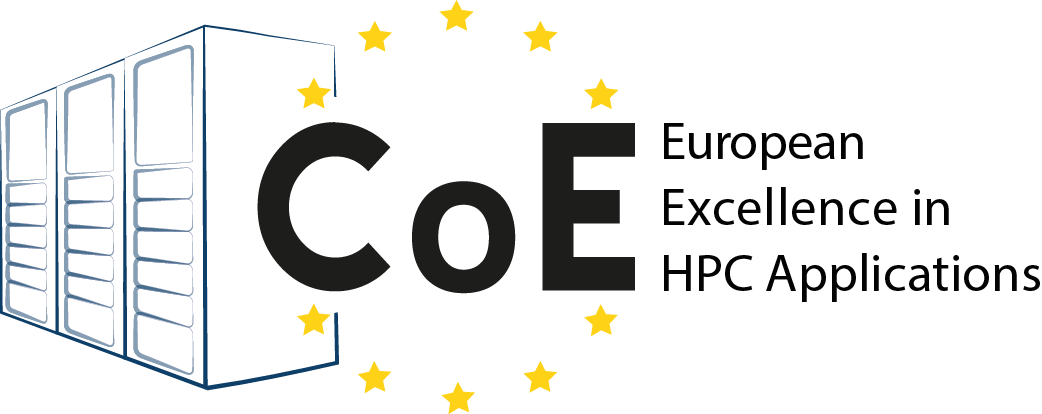Success Story EoCoE: Renewable Energy - harness the power of vorticity
CoE involved:

EoCoE is an energy-oriented Centre of Excellence for computing applications that builds on its unique expertise at the crossroads of high-performance computing (HPC) and renewable energy. It brings an impulse to accelerate the digitization of the future energy system. The coding developments are assisted by multi-disciplinary teams with expertise in applied mathematics and high performance computing (HPC).
Organisations & Codes Involved:
![]() The end user VORTEX BLADELESS is a Spanish tech startup that is developing an environmentally friendly aerogenerator which needs no blades. It is a new wind energy technology specially designed for on-site generation in residential areas, being able to work on-grid, off- grid, or along with regular solar panels or other generators.
The end user VORTEX BLADELESS is a Spanish tech startup that is developing an environmentally friendly aerogenerator which needs no blades. It is a new wind energy technology specially designed for on-site generation in residential areas, being able to work on-grid, off- grid, or along with regular solar panels or other generators.
![]() The domain expert, the BARCELONA SUPERCOMPUTING CENTRE is a Spanish public research center that developed the multi-physics simulation code ALYA and provided the MareNostrum supercomputer.
The domain expert, the BARCELONA SUPERCOMPUTING CENTRE is a Spanish public research center that developed the multi-physics simulation code ALYA and provided the MareNostrum supercomputer.
CHALLENGE:
Vortex Bladeless aims to harness the power of vorticity for a new generation of wind turbines. They develop a single column without bearings or gears. It just oscillates with the wind. Experiments with scaled down prototypes have been encouraging, but the physics behind these devices is highly complex. There is a need to optimize and explore scalability due to the complexity of the flow and the need for time accurate results. The needed Large Eddy Simulation (LES) simulations are computationally demanding.
SOLUTION:
The company has been working with experts at the Barcelona Supercomputing Centre on the MareNostrum supercomputer. The fluid-structure interaction (FSI) between the Vortex Bladeless device and a turbulent flow is simulated with Alya.
The results from initial simulations of a scaled-down device were very close to the actual wind tunnel tests performed by the Vortex Bladeless team, allowing them to develop the idea of a range of devices at the micro scale and the utility scale. Then, the behaviour of the device at a more realistic scale was studied by means of numerical simulations, helping in the design of real scale experiments and reducing costs.
Business impact:
In order to understand the aerodynamic behaviour of the devise, experimental, or numerical studies can be
performed. For the real scale model, that is around three meters high, experimental studies would have been too expensive.
It was therefore decided to resort to high accuracy numerical simulations of the flow coupled to the oscillating turbine. Since the flow is highly transient, and it is important to capture the dynamically important scales of the flow accurately, Large Eddy Simulation (LES) was selected as the modeling technique.
Modeling of turbulent flow is still nowadays one of the most computational demanding problems. The interaction with the Barcelona Supercomputing Centre was, therefore, crucial to develop a much better understanding of the aerodynamics of the device. BSC provided the computation resources and the inhouse code Alya that can efficiently run on high-end Supercomputers.
Moreover, they contributed with their know-how on LES turbulence modeling and Fluid-Structure Interaction. Technological advantages the HPC provides are important for small to medium-sized enterprises (SME) to remain competitive. For instance, the savings regarding the CPU time are key for SMEs to be able to use highly advanced techniques such as Large Eddy Simulation.
Benefits for further research:
- Reduced costs by preparing the real scale experiments by means of numerical simulations
- The highly optimized code enabled to avoid throwing away costly computational resources
- The cpu time for assembly has been reduced up to 38%.
- A new solver has provided speed ups of up to five times with respect to Alya’s own solvers.

